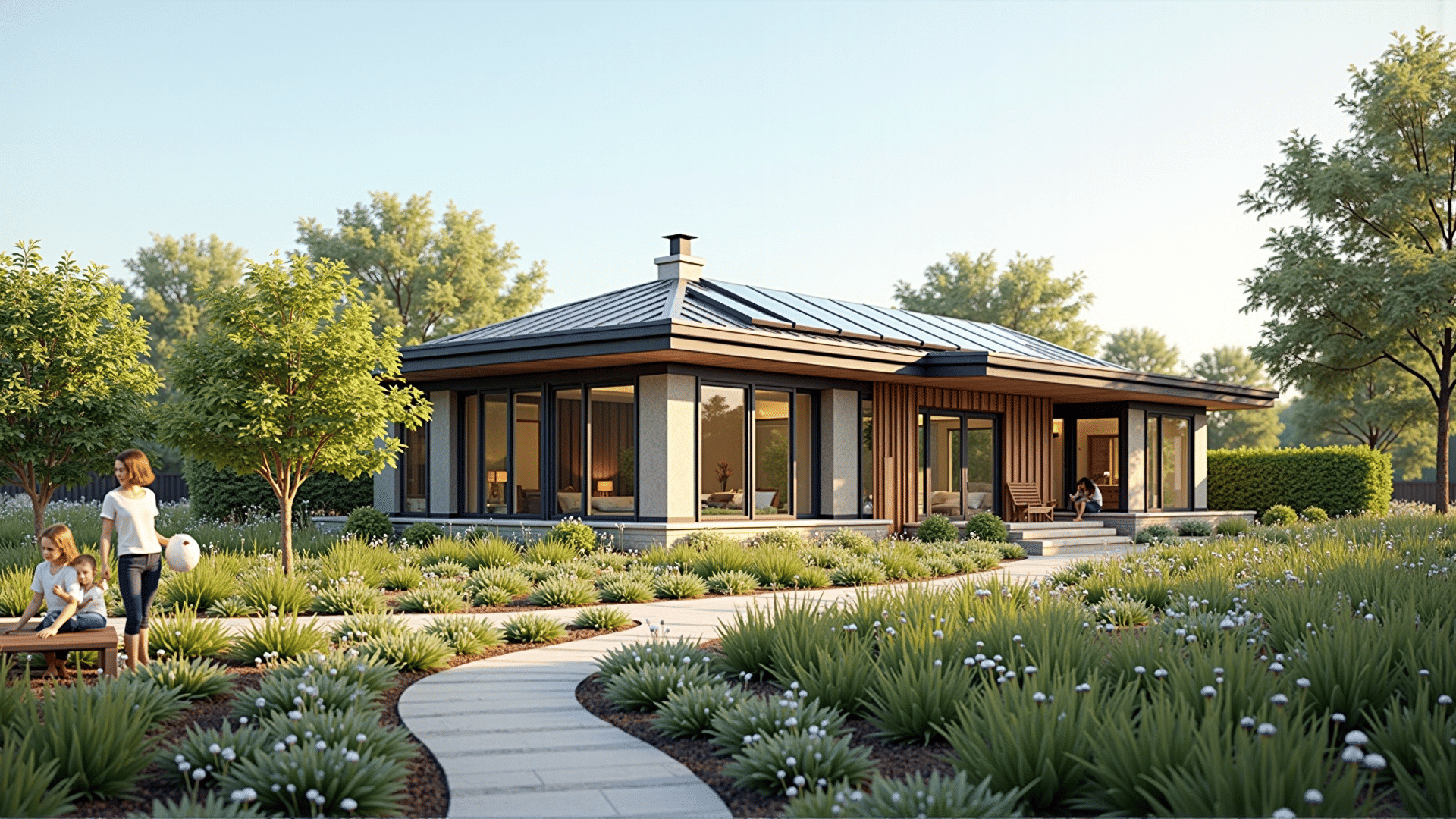In recent years, the concept of sustainable building has gained significant traction as environmental concerns continue to escalate. As the world becomes more aware of the impact of construction on our planet, the push toward eco-friendly materials and practices has become an essential component of modern architecture and engineering. By prioritizing sustainability, we not only aim to preserve the environment for future generations but also enhance the health and wellbeing of current occupants.
One of the primary aspects of sustainable building is the use of eco-friendly materials. These materials are carefully selected for their minimal environmental impact, often sourced from renewable resources or recycled content. For instance, bamboo, a rapidly renewable material, is increasingly popular for flooring and structural elements due to its durability and minimal ecological footprint. Additionally, recycled steel and reclaimed wood are frequently used in construction, drastically reducing the consumption of virgin materials and the energy required to produce them.
The integration of natural elements into building design is another focal point of sustainable construction. Incorporating features such as green roofs and living walls not only improves air quality and enhances biodiversity but also aids in insulating buildings. This natural insulation significantly reduces the need for heating and cooling systems, thereby decreasing energy consumption and related emissions.
Water conservation is another critical consideration in sustainable building practices. Strategies such as rainwater harvesting and the installation of low-flow fixtures contribute to efficient water usage. Meanwhile, graywater systems recycle wastewater from sinks and showers for use in irrigation, significantly cutting down on water waste.
Energy efficiency is at the heart of sustainable design. The strategic orientation of buildings to maximize natural light, alongside the installation of high-performance windows, can considerably reduce artificial lighting needs. Moreover, incorporating renewable energy technologies like solar panels or wind turbines allows buildings to generate their own clean energy, further decreasing reliance on fossil fuels. Passive solar design, which harnesses the sun's energy for heating and cooling purposes, is another effective approach to minimize energy expenditure.
Innovation in sustainable building extends to smart technology and automation that optimize building operations. Advanced sensors and control systems can adjust lighting, temperature, and ventilation based on occupancy and usage patterns, eliminating undue energy use. Additionally, building information modeling (BIM) technology helps architects and engineers create detailed digital models to predict a building's environmental impact and explore sustainable alternatives before construction begins.
The social and economic benefits of sustainable building practices cannot be ignored. Eco-friendly constructions are not only environmentally responsible but also promote healthier living spaces for occupants. Improved indoor air quality, abundant natural light, and the reduction of toxic materials lead to better health outcomes and increased productivity. Economically, while the initial investment in sustainable building may be higher, the long-term savings in energy and maintenance costs often outweigh these initial expenses, making it a financially viable option.
In conclusion, sustainable building is an indispensable approach in creating a built environment that secures a healthier and more sustainable future. By selecting eco-friendly materials, employing energy-efficient systems, and integrating smart technologies, we can greatly diminish our environmental footprint. As more architects, engineers, and builders adopt these practices, the path to a sustainable future becomes not only possible but also an exciting and enriching journey for communities worldwide.
